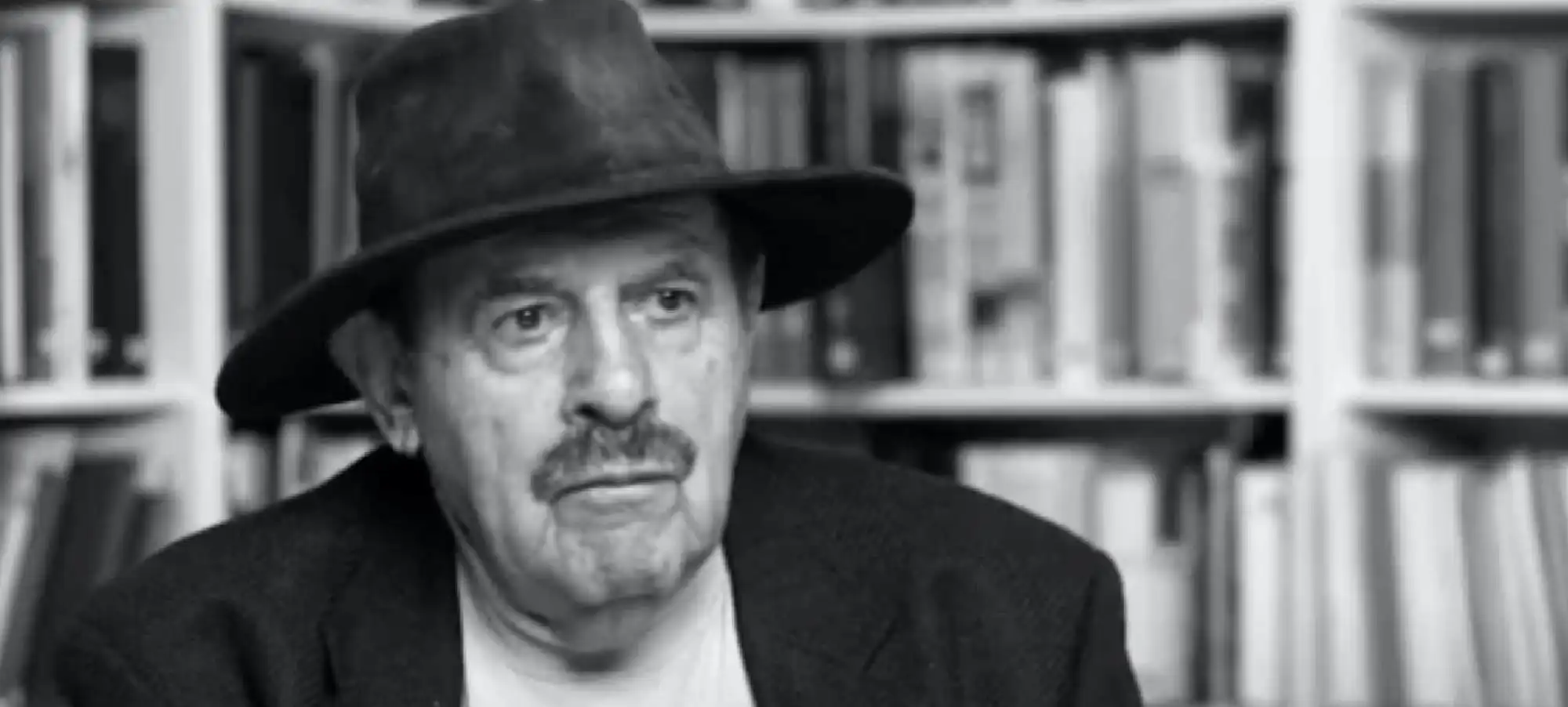Ed Benguiat
Deepak Singh Ola
06-09-2025

Ed Benguiat, born Ephram Edward Benguiat on October 27, 1927, in Brooklyn, New York, was one of the most prolific and influential type designers of the twentieth century. Over his career he created more than 600 typefaces, many of which became icons of print, film, and popular culture. His work includes well known fonts such as Tiffany, ITC Bookman, Panache, Souvenir, Edwardian Script, and the eponymous Benguiat and Benguiat Gothic. Beyond typefaces, he left his mark on countless logotypes and title designs for companies, magazines, films, and television shows. Among his most recognizable contributions are the logos for Esquire, The New York Times, Playboy, Reader’s Digest, McCall’s, Sports Illustrated, Coke, Estée Lauder, Ford, AT&T, A&E, and the Canadian Broadcasting Corporation, along with the lettering for films like Planet of the Apes, Super Fly, The Guns of Navarone, and the famous opening credits of Stranger Things.
Benguiat’s early life exposed him to design through his father, who was a display director for Bloomingdale’s. He showed creative interest as a child, often experimenting with his father’s design tools. During World War II he used a forged birth certificate to enlist in the Air Corps and served as a radio operator in Italy. After the war he returned to New York and initially pursued a career as a jazz percussionist. He played with well known bands led by Stan Kenton and Woody Herman and was even recognized as one of the top sidemen in a Metronome magazine poll. Despite his musical success, he eventually turned to graphic design when he realized that music might not offer the long term stability he wanted. This shift in focus led him to study calligraphy, illustration, and typography at the Workshop School of Advertising Art, where he trained under Paul Standard, a Russian-American calligrapher.
His design career began in unusual ways, including doing retouching work to comply with postwar restrictions on nudity in publishing. In 1953 he was hired by Esquire magazine, and by 1962 he had joined Photo-Lettering Inc., where he became design director and later vice president and creative director. At Photo-Lettering he embraced the new technology of phototypesetting, which made typefaces easier to create and distribute than traditional metal type. His mastery of this emerging field positioned him at the forefront of modern typography. In 1970 he was part of the group that founded the International Typeface Corporation (ITC), the first independent licensing company for type designers. At ITC, where he served as vice president, he worked closely with Herb Lubalin and helped launch the magazine U&lc (Upper and lower case), which became a showcase for innovative type and design.
Benguiat’s design style was known for dramatic and expressive forms, often with high x-heights, tight letter spacing, and bold swashes. These qualities became closely tied to the look of the 1970s and 1980s, appearing on everything from book covers to billboards. His typeface ITC Benguiat became associated with the works of Stephen King in the 1980s and found new cultural relevance when it was used for the Stranger Things opening sequence decades later. His fonts also appeared in the credits of films such as Star Trek Generations and Star Trek: First Contact, further cementing his legacy in entertainment.
Alongside his design practice, Benguiat dedicated more than fifty years to teaching. He began teaching at the School of Visual Arts in New York in 1961 and continued for decades, mentoring generations of type designers. He believed strongly in the value of hand-drawn letterforms, insisting that his students learn the fundamentals of drawing before turning to digital tools. His approach to design was often self-deprecating; he dismissed some of his famous works as “ugly” or unremarkable, but this humility masked a lifelong devotion to craft. He once described design as “a way of life—like a priest or a rabbi,” comparing it to composing music in its balance, rhythm, and flow.
Benguiat also contributed to the broader design community through leadership roles. He served as president of the Type Directors Club from 1990 to 1991 and helped open membership to anyone passionate about type, regardless of professional background. His generosity and mentorship influenced countless young designers, and his philosophy made the type community more inclusive. He was inducted into the Art Directors Hall of Fame in 2000, further recognition of his impact on design.
Outside of design, Benguiat was an avid pilot and a member of a flying club known as the Flying Birdmen. He passed away on October 15, 2020, just twelve days before his 93rd birthday, at his home in Cliffside Park, New Jersey. His career spanned nearly seven decades, during which he continuously adapted to changing technologies and cultural tastes while shaping the visual language of modern media.